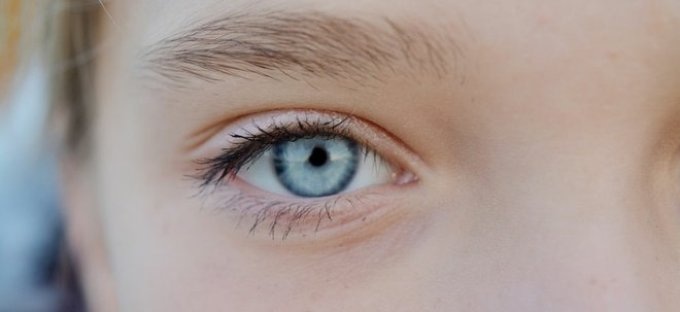Dec 8 2016
A new wearable, silicone-based material has been developed by scientists at MIT, Massachusetts General Hospital, biomaterial research group, Olivo Labs and biotech company Living Proof.
 Polymer Skin (Credit: http://www.medicalplasticsnews.com/)
Polymer Skin (Credit: http://www.medicalplasticsnews.com/)
The material can be applied on the skin to smooth out wrinkles and tighten skin to give the impression of healthy and youthful skin.
The material, a thin and indiscernible layer applied on the skin, is said to be able to enhance skin hydration and also provide ultraviolet protection. Further development could also see the material used to deliver drugs to treat skin diseases.
As we get older, our skin ages, becoming less and firm and elastic. Exposure to sun can also exacerbate the problems and impair the skin’s ability to protect against things such as high temperatures, radiation and injury.
To create the material the researchers developed a library of more than 100 possible polymers. These polymers all contained siloxane, a chemical structure alternating between atoms of silicon and oxygen.
These polymers can be assembled into an arrangement known as cross-linker polymer layer (XPL).
The researchers then began testing the polymers to see which one would best mimic the properties of healthy skin.
They found that the novel XPL had better elasticity than natural skin and could stretch it more than 250% before it returned to its original state.
Several studies were performed to test the material’s safety and efficacy including one where the XPL was applied to the area underneath the eyes. The researchers found that the material tightened the skin for a period of around 24 hours.
The material also proved to be efficient in preventing water loss from dry skin. Skin treated with the XPL retained more water for two hours compared with a high-end commercial moisturiser.
Speaking about the material the researchers said: “We started thinking about how we might be able to control the properties of skin by coating it with polymers that would impart beneficial effects.”
“It has to have the right optical properties, otherwise it won’t look good, and it has to have the right mechanical properties, otherwise it won’t have the right strength and it won’t perform correctly”.
“I think it has great potential for both cosmetic and noncosmetic applications, especially if you could incorporate antimicrobial agents or medications”.